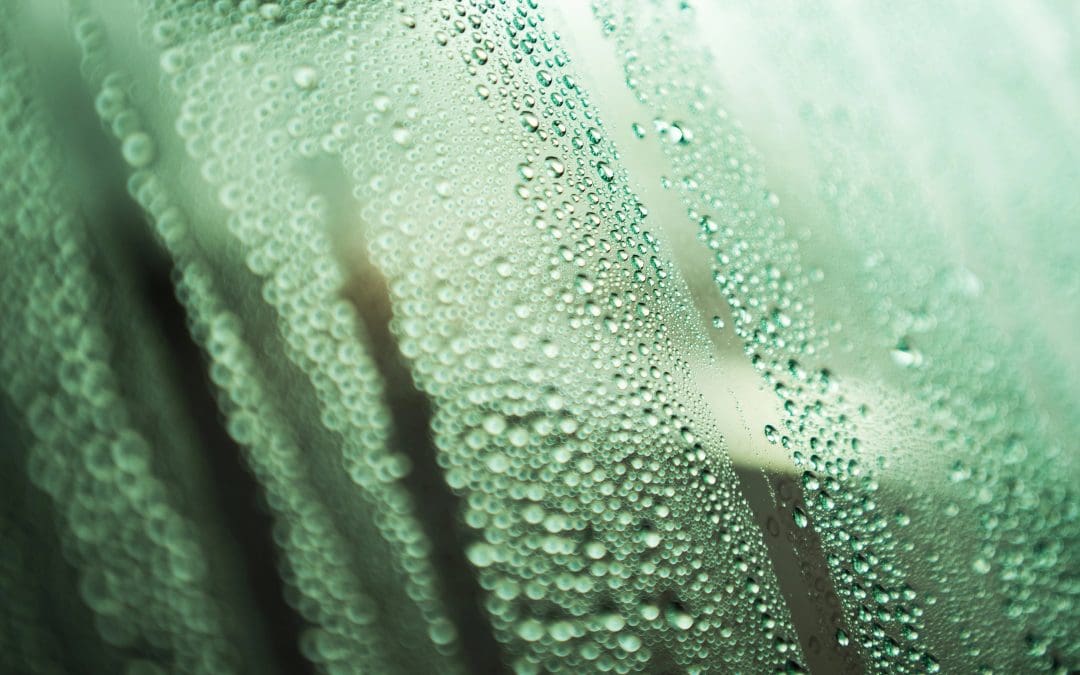How to Control Moisture in Your RV
Moisture might not seem like a big deal at first, but if you own an RV, it’s something you don’t want to ignore. RVs are more prone to moisture problems than houses, mainly because they’re smaller, more enclosed, and often face all kinds of weather. Whether you’re a full-time RVer or just take weekend trips, keeping your rig dry is one of the best ways to avoid long-term issues. Condensation, mold, and leaks can creep in faster than you think. But with a few good habits and some regular upkeep, you can stay ahead of it. This guide breaks down RV moisture control in simple terms so you can keep your camper dry and in great shape.
Where the Moisture Comes From
Moisture in your RV doesn’t just come from leaks. The majority of it comes from inside. Cooking, showering, washing dishes, and even breathing all create moisture. Since RVs are small, all that humidity builds up fast. Outside air plays a role, too. Rain, snow, and humidity from the environment can add to the problem. In colder weather, condensation worsens—warm air inside meets cold surfaces like windows and walls, and the moisture turns into water droplets.
Get Air Moving
The simplest way to fight moisture is to create airflow. Crack a window, run your roof vents, and use fans when you can. Good airflow helps carry humid air out and bring fresh air in. Always run your bathroom fan when you shower and your kitchen fan when you cook. Even on cool days, opening a window just a little helps reduce that sticky, damp feeling.
Use a Dehumidifier
Catch Moisture Early
Keep an eye out for signs of excess moisture. Foggy windows, damp walls, musty smells, or peeling wallpaper are all red flags. Check corners, closets, under cushions, and around windows often. These are the spots where moisture tends to build up first. If you catch it early, it’s much easier to fix before it becomes mold or water damage.
Keep Wet Stuff Outside
It’s easy to drag moisture inside without thinking. Wet shoes, jackets, towels, or even dogs can bring in more than you realize. If you’ve been hiking, swimming, or dealing with rain, try to dry off outside first. Set up a spot near the door or under your awning where you can leave damp gear to air out. It’s a small step that can make a big difference, especially during rainy seasons.
Watch for Leaks and Reseal When Needed
FAQs
Why is RV moisture control so important?
Moisture can cause mold, mildew, and wood rot in your RV. It damages insulation, weakens walls, and creates an uncomfortable environment. Keeping your RV dry helps it last longer and feel better.
Is condensation normal in an RV?
A little condensation on windows during cold mornings is normal, but if it sticks around or turns into puddles, it’s a sign you need better airflow or a dehumidifier.
What’s the best humidity level inside an RV?
Try to keep it between 30% and 50%. Higher than that, and you’re risking condensation and mold.
Can I use a regular dehumidifier in my RV?
Yes, as long as it fits your space and doesn’t overload your electrical system. Many RVers use small or medium units made for apartments or bedrooms.
How often should I check for leaks?
Every few months at minimum. Also check after big storms or long trips. A little crack can let in a lot of water if left alone.
RV Home Inspections provides RV inspections in Houston, Texas. Contact us to schedule an appointment.

